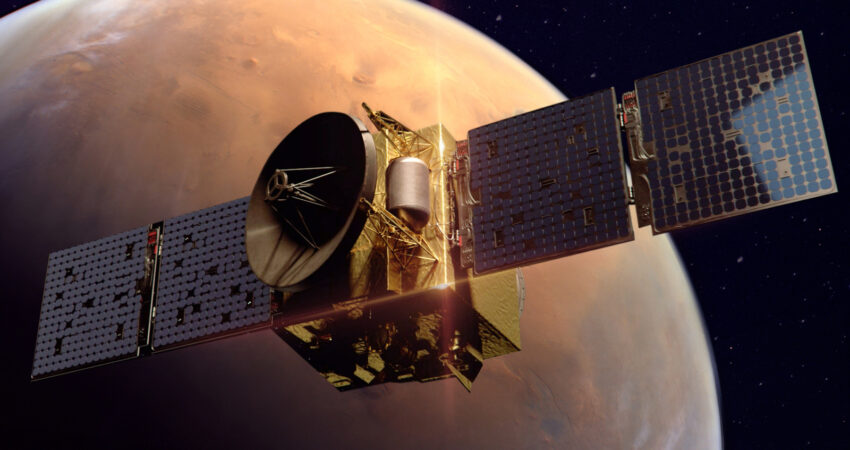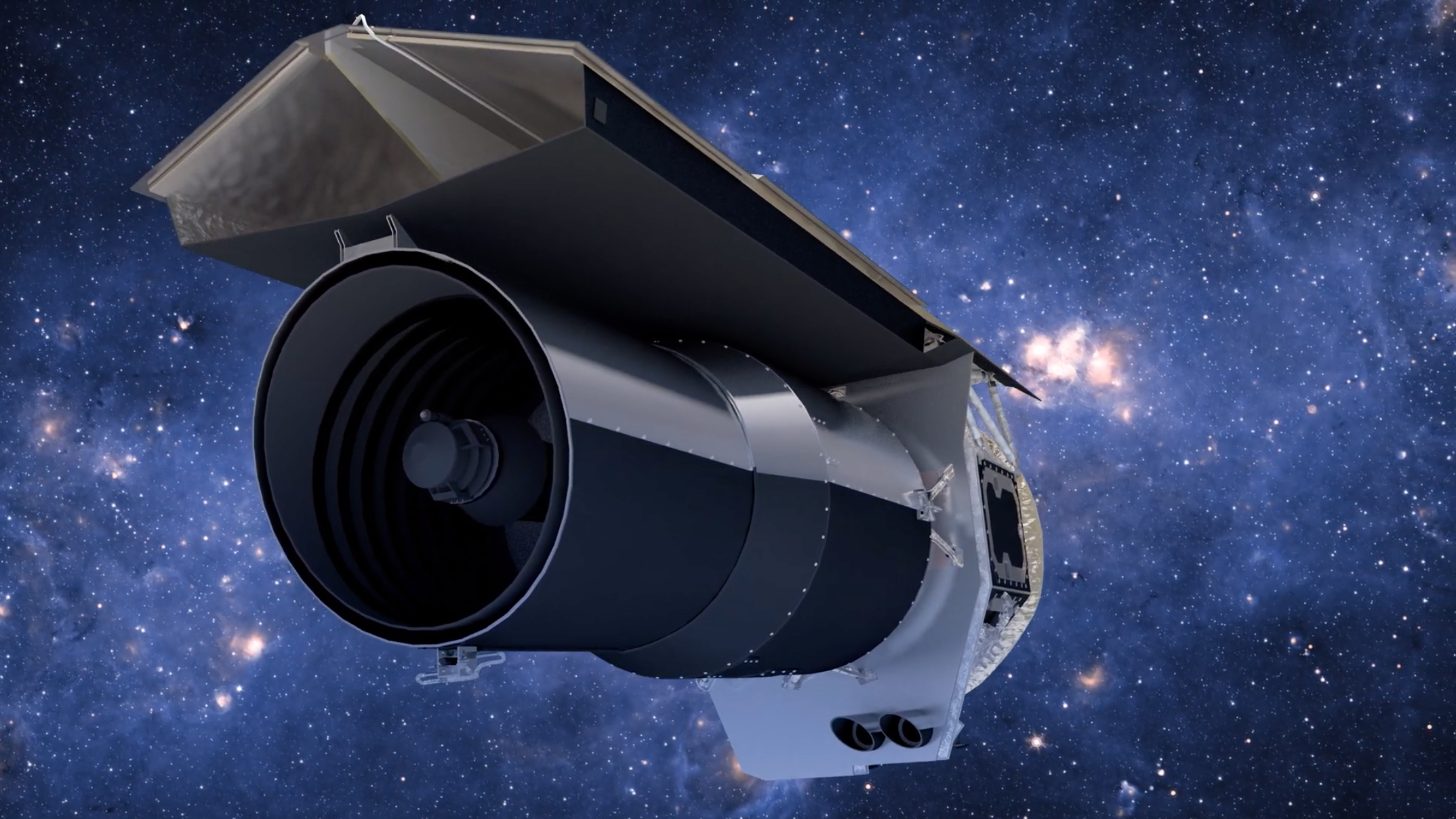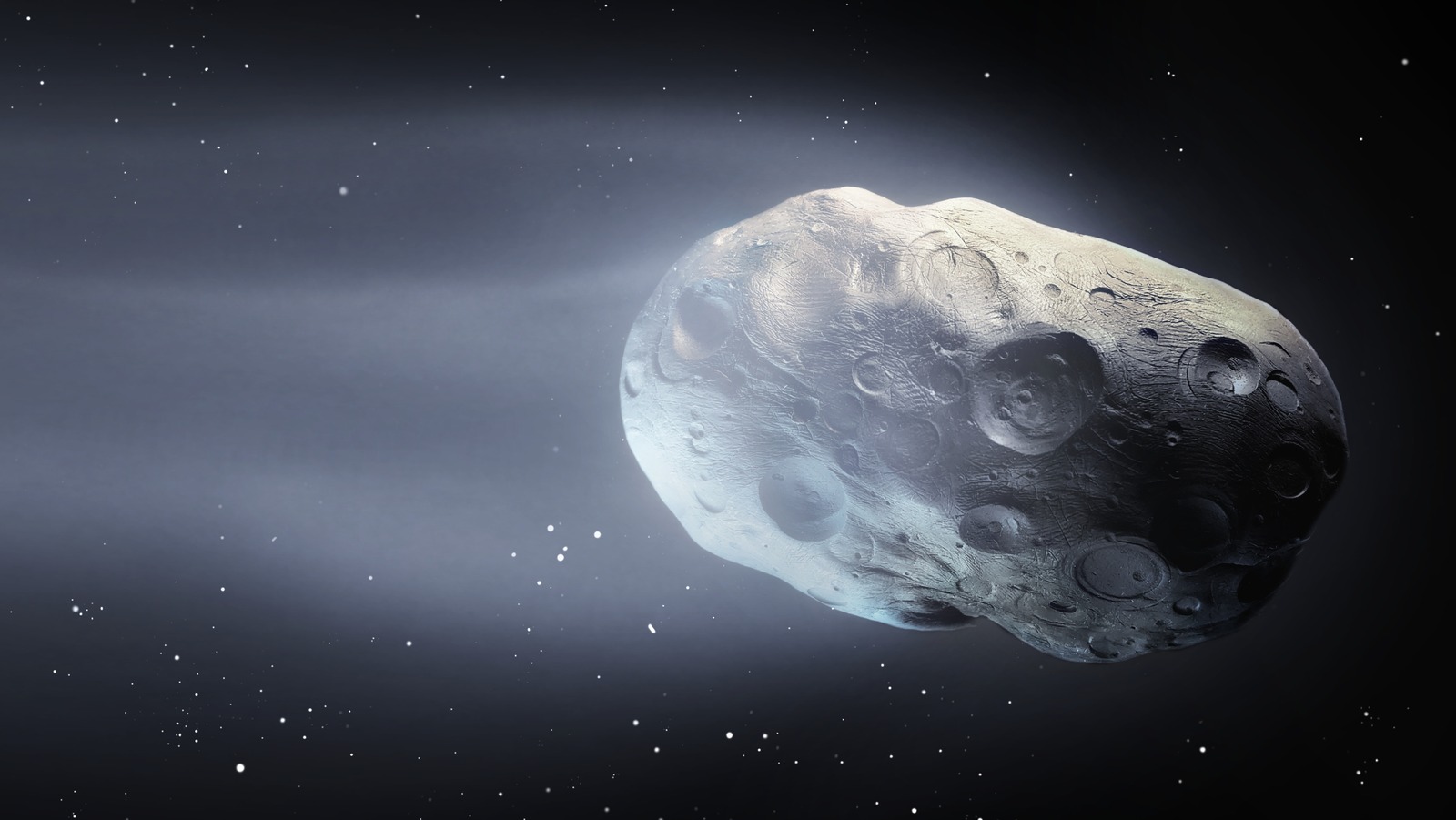When the United Arab Emirates (UAE) launched the Hope spacecraft in 2020, it became the first mission for Mars by Arab countries, and joined the Mars mission by other countries including the US, Russia, China and Europe. Now, two Mars orbits will work together to share data, thanks to the agreement to share the findings between the MARS NASA atmosphere and Volatile (MAVEN) evolutionary orbiter of the Mission Mission (EMM) Emirates.
Mission Emirates Mars launched the Hope Orbiter to Mars in the summer of 2020. Hope arrived at the Red Planet in February 2021, and has since collected data about the atmosphere and the Mars weather system. Hope has the advantage of this because it is in very high orbits, between 12,000 miles and 27,000 miles from the surface, which allows it to see large areas on the planet at once, according to the opposite.
This means that hope has been able to track large-scale weather events such as dust storms rolled on the planet in January 2022, including passing the Jezero crater where the NASA perseverance Rover and the helicopter of the ingenuity are exploring.
By working with Maven NASA, who has orbited around Mars since 2014, both projects can collect their data about the atmosphere of Mars, and the atmosphere of the upper part in particular.
“Maven and EMM each explored various aspects of the atmosphere of Mars and the upper atmospheric system,” Maven’s main investigator said, Shannon Curry from the University of California, Berkeley (through NASA). “Combined, we will have a much better understanding of the clutch between the two, and the influence of a lower atmosphere on the runaway to the gas chamber of the atmosphere above.”
Open questions about Mars’ atmosphere
The researchers knew that Mars had a very thin atmosphere, only with atmospheric density on earth, and they knew it lost this atmosphere from time to time as well, thanks to previous data collected by Maven (through NASA). This process has been going on for millions of years, which is one reason Mars’s atmosphere is so thin now.
However, there are still many questions about how this process, called the loss of the atmosphere, continues to affect the planet. Some of these problems have been placed by the NASA group called Mepag, or Mars Exploration Program Analysis Group. By working together with the Hope Mission, NASA scientists can learn more about this problem.
“Emm Science completes Maven and Hope Probes designed to answer the scientific goals that are aligned directly with the aim of Mepag,” said Omran Sharaf, Director of the Emirates Mars mission project, in a statement. “His observations are always designed to provide new insights that are not possible from the past Mars mission. Now, by combining two datasets of the EMM and Maven mission and analyzing the results together, we can build a strong response to many fundamental questions that we have about Mars and evolution and the dynamics of the atmosphere. “







